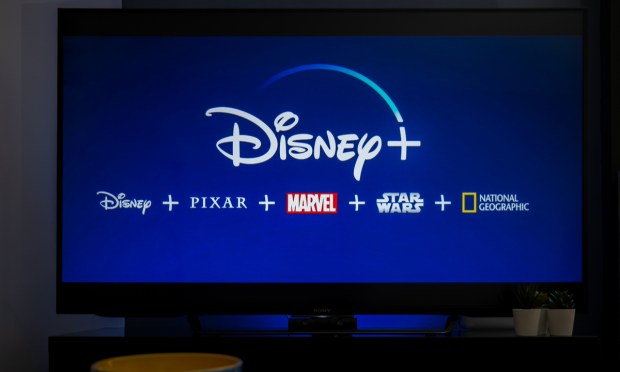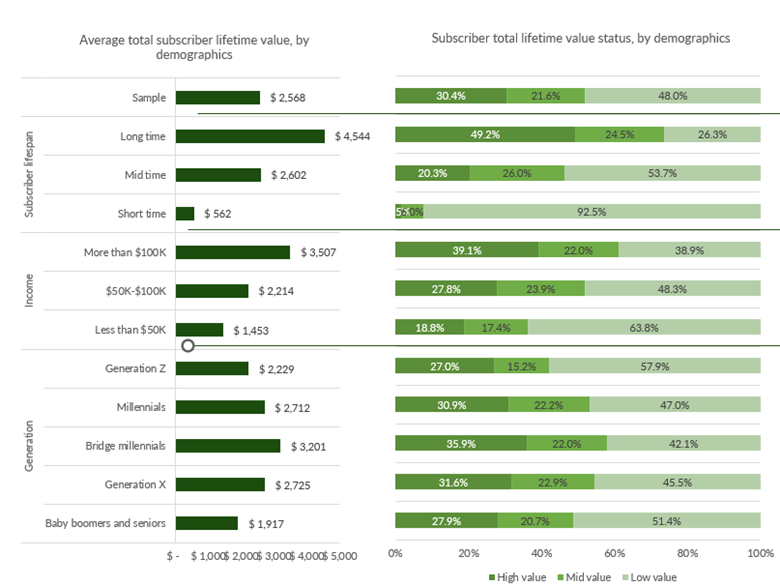Disney Subscriptions Price Hike Could Signal Shift to Higher-Value Customers

The House That Mickey Built may be following in Netflix’s footsteps when it comes to subscriptions.
During the company’s Q3 2023 earnings presentation last week (Aug. 9), Disney announced plans to raise monthly fees on Disney+ and Hulu, crack down on password sharing and create a super app for content. This despite the number of Disney+ streaming service subscribers falling in the fiscal third quarter.
CEO Bob Iger, during the earning call, detailed drivers behind the changes due to take effect in October. “We see a future where consumers can access even more of the company’s streaming content all in one place,” he said, “resulting in higher user engagement, lower churn, and greater opportunities for advertisers.”
Although many people assume that raising rates will lead to more subscriber loss, Netflix’s password-sharing crackdown resulted in increased subscribers and put that notion to rest. Instead, Netflix has been able to focus on its higher-value customers who have proactively signed up or continue to use the service even after freebies such as password sharing all but disappear. Disney, then, may be making similar strategic moves.
And indeed, based on proprietary research prepared for “The Subscription Commerce Readiness Report: The Loyalty Factor,” a PYMNTS and sticky.io collaboration, these higher-value consumers likely mean more long-term profitability.

There is a significant difference in a subscriber’s total lifetime value depending on their subscription lifespan, with longtime subscribers generating nearly $2,000 more than the average subscriber and $4,000 more than short-term customers. Consumers earning more than $100,000 per year are a crucial demographic to attract since their average lifetime spend of $3,500 exceeds the sample average by nearly $1,000, presumably because of their higher likelihood of having disposable income.
Among generations, bridge millennials spend the most on subscriptions, with average lifetime spend of $3,200, which can perhaps be explained by the convenience subscriptions provide amid their life stage. Further PYMNTS research finds that 76% of this age demographic lives with a partner. And given their approximate age of 35 to 45, they could also be raising children.
Recent moves suggest that Disney may be shifting its focus towards higher-value customers. If Netflix’s success is any indication, Disney may soon be enjoying similar benefits.

